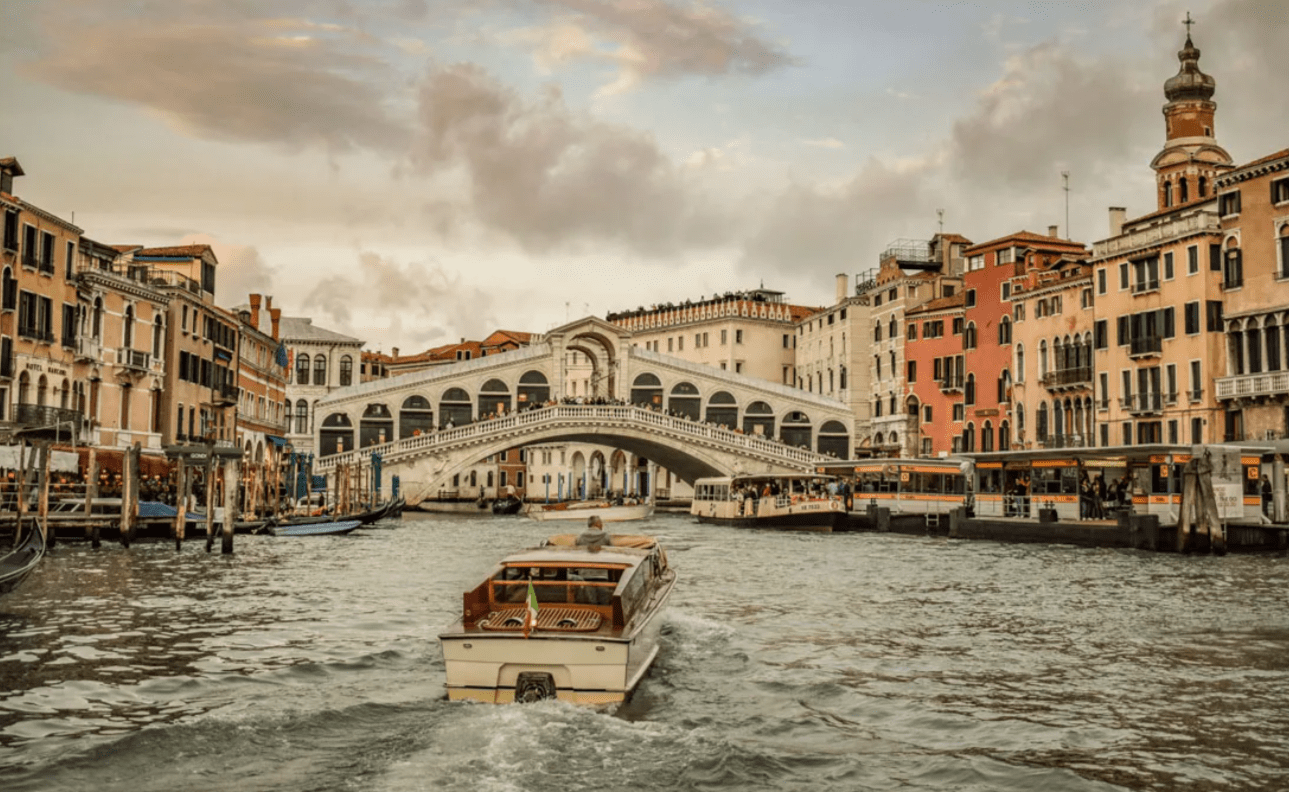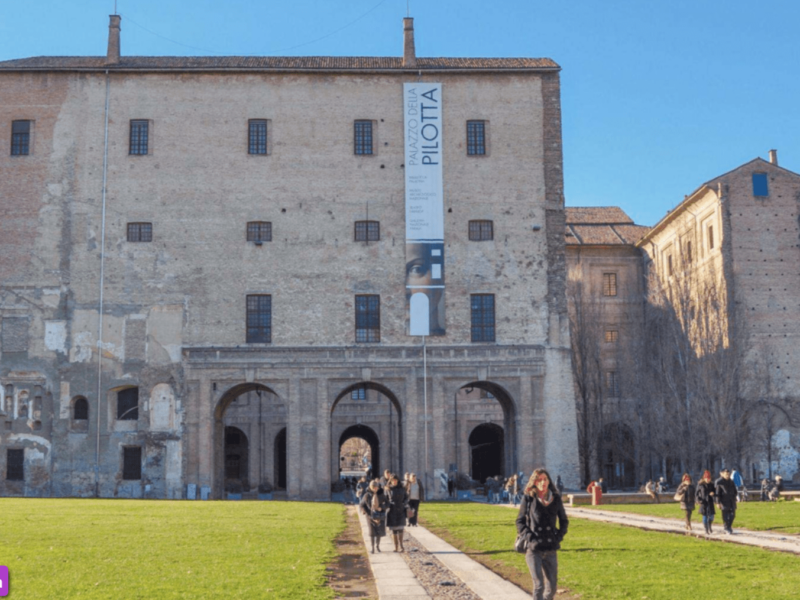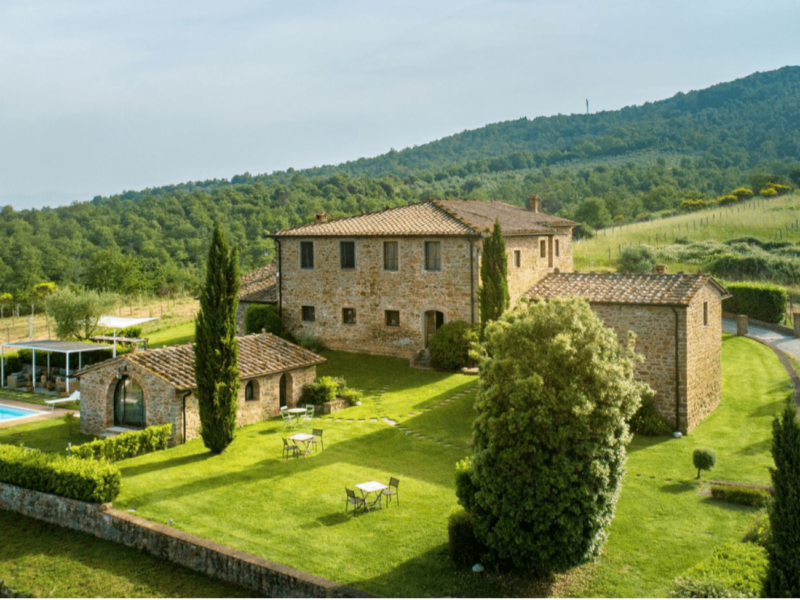Venice, Italy, is a destination that features prominently on many travelers’ bucket lists. The city’s allure has only grown due to concerns about its sinking and new tourism regulations. As of April 25, 2024, Venice has introduced a 5-euro entry fee for day-trippers, which can be paid via an app. Failing to pay this fee incurs a hefty fine ranging from 50 to 300 euros. However, entry remains free for those arriving before 8:30 AM or after 4 PM. For practical information on entrance fees in Venice, check Euronews.
Despite the fee, Venice is a must-visit destination for anyone who can manage it. Italy as a whole is rich with romance, boasting at least 12 cities that embody this sentiment. Tuscany, in particular, is a top choice for honeymooners seeking an idyllic experience.
Why Venice is Amongst Most Famous & Beautiful Tourist Destinations
What makes Venice so captivating? Is it its reputation as one of the most romantic cities globally, its historic charm, unique architecture, or the renowned Carnival? Personally, it’s the food, wine, and the vibrant colors of the city that drew me in. Venice is a year-round favorite, though its popularity can be a double-edged sword. Mass tourism inflates living costs and replaces authentic residential spaces with shops selling low-quality souvenirs. This trend has driven many locals away, seeking better job opportunities elsewhere. The influx of cheap goods undermines the value of handcrafted local products, jeopardizing traditional businesses.
As responsible travelers, we should support local Venetian enterprises by purchasing their products rather than cheap replicas that undermine local pride and cultural integrity. To encourage more mindful tourism, Venice has joined forces with Rome, Florence, and other major Italian cities in a #enjoyrespect campaign, aimed at promoting respectful tourist behavior. For more details, visit Jaclyn’s blog at yourtravelspark.com. Let’s be considerate during our visit!
Best Times to Visit Venice
The ideal time to visit Venice is when the cruise ships and other vacationers have left, usually by late September. The weather remains pleasantly warm, averaging around 23°C (76°F), though it can reach up to 30°C (86°F) in mid-September. Italy is warm in early fall, making it a great period for those who enjoy food, wine, and a relaxed atmosphere. For more inspiration, check out a comprehensive article on Italy.
Venice’s Canals and Climate
Visiting Venice is less about the weather or beach and more about the unique experience the city offers. Consider traveling during the shoulder seasons, such as the first two weeks of December or the last two weeks of January. Opt for late fall, winter, or early spring to avoid heavy precipitation. Although December and January can be frosty, they offer a rare glimpse of Venice’s canals encased in thin ice. Be flexible with your travel plans, check the weather forecast, and dress accordingly.
Historical Insights into Venice
History of this city dates back to around 400 A.D. During the 5th to 8th centuries, invasions by Huns, Goths, and other barbarians led many Romans to flee to the safety of the Venetian lagoons. The area was under Byzantine control until AD 726, when Venetians elected their first doge, a role that would lead the city for over a millennium.
The city’s wealth largely stemmed from fishing and salt production, which enabled Venetians to acquire goods not available locally. For nearly 1400 years, Venice’s geographical isolation protected it from invaders and allowed it to develop independently from Italian political affairs. Venice’s history is both grand and rich, and I recommend delving into it for a deeper understanding of this remarkable city.
Fun Facts About Venice
Here are some intriguing facts about Venice:
- Calletta Varisco, a street near Campo San Canciano, is one of the narrowest in the world, measuring just 53 cm wide.
- The City is crisscrossed by 117 canals, with all buildings featuring canal-side entrances. The Grand Canal divides the city into two.
- Elena Piscopia, a Venetian, was the first woman to graduate from a university in 1646 with a degree in Philosophy.
- This City is home to the first European casino, established by the Great Council to regulate illegal gambling during Carnival.
- Acqua Alta, a phenomenon of high tides caused by specific winds, floods the streets, creating stunning yet challenging conditions, especially around Saint Mark’s Square.
- The city’s population has significantly declined in recent decades, now between 50,000 and 60,000, as locals move away due to the impacts of mass tourism.
Travel Tips for Venice
Venice’s official airport, Marco Polo, is on the mainland, accessible by bus or water taxi. We pre-arranged a cab, which provided a smooth transfer to our hotel, located a short walk from the drop-off point. Depending on your hotel’s location, a boat might be the most convenient mode of transport. Check transportation options and prices based on your hotel’s location.
Accommodation in Venice
Navigating Venice is relatively straightforward, but exploring on foot is highly recommended. We stayed at “Avogaria 5 Rooms,” a small hotel offering spacious junior suites, a large bathroom, free breakfast, and Wi-Fi. The hotel, located a short distance from the mainland and city center, provided excellent service and a private terrace. We paid around $330 per night for two adults, but prices are lower in the off-season. For availability and pricing, visit Avogaria 5 Rooms.
Additional Tips
Venetian hotels can be pricey, and city tax is not included in the listed rates. Expect a tax of EUR 4.50 per night for adults and EUR 2.25 for guests aged 10-16. Children under ten are exempt from this tax.
Exploring Venice
Venice is a city rich in attractions. Wandering without a set plan can be a delightful way to experience its charm, though it’s wise to be cautious of dead ends by the canals. Enjoying a glass of Prosecco and some prosciutto in a quiet alley can be a memorable experience.
Free Things to Do in Venice
- Rialto Bridge: Cross the iconic Rialto Bridge, the oldest in the city. Originally replaced due to increased traffic, today’s stone bridge mirrors the design of the 1255 structure. Nearby markets offer food stalls where you can enjoy lunch by the canal.
- St. Mark’s Square: Visit the heart of Venice, Piazza San Marco, to see landmarks like Basilica de San Marco, the Campanile, and Doge’s Palace. Despite surrounding expensive restaurants, it’s a prime spot for people-watching. Try to visit early or late in the day to avoid crowds.
- Bridge of Sighs: Famous for its supposed connection to prisoners’ last glimpses of this beautiful city, the Bridge of Sighs actually linked the Doge’s Palace to the New Prison. Today, it symbolizes lasting love for couples who pass beneath it.
- Venice Walking Tour: Explore Venice on foot, without a map or set plan. Wandering through its streets will let you absorb the city’s ambiance and authenticity. Evening strolls offer a serene experience, though a boat cruise can also be a charming alternative.
- Aqua Alta Library: Visit the unique Libreria Acqua Alta, known for storing its books in bathtubs and gondolas to protect them from flooding. It’s a must-see for book enthusiasts, though it can be crowded.
Exploring Murano and Burano Islands
Murano Island, renowned for its glass-blowing, offers factory tours and the chance to purchase unique pieces. Established to prevent fires in Venice, the glass factories were relocated to Murano in 1925. Be cautious of scams and consider booking through reputable services. For better prices on Venetian glass, buy directly in Venice.
Conclusion
Venice is a city of endless charm and history, offering a range of experiences from its iconic canals and historic landmarks to its vibrant local culture. Plan your visit thoughtfully to make the most of this enchanting destination.


